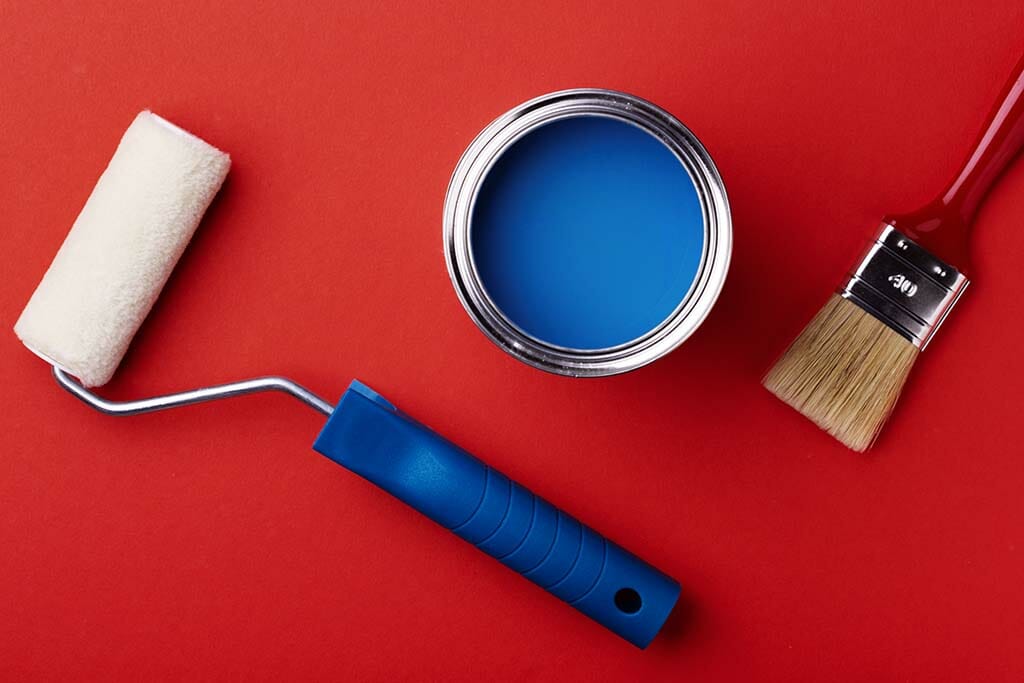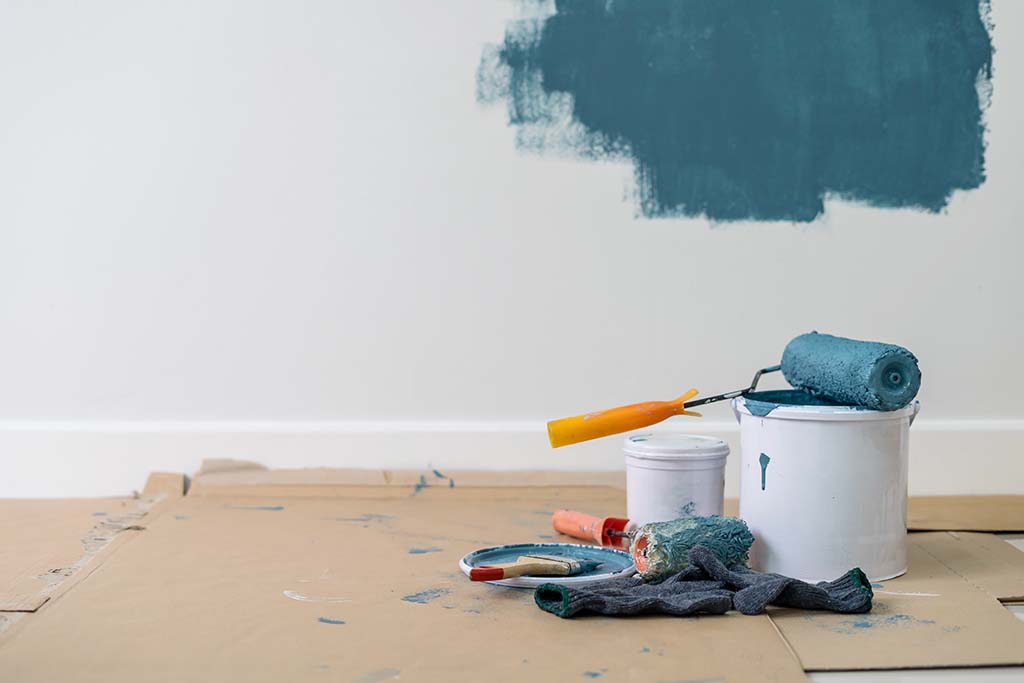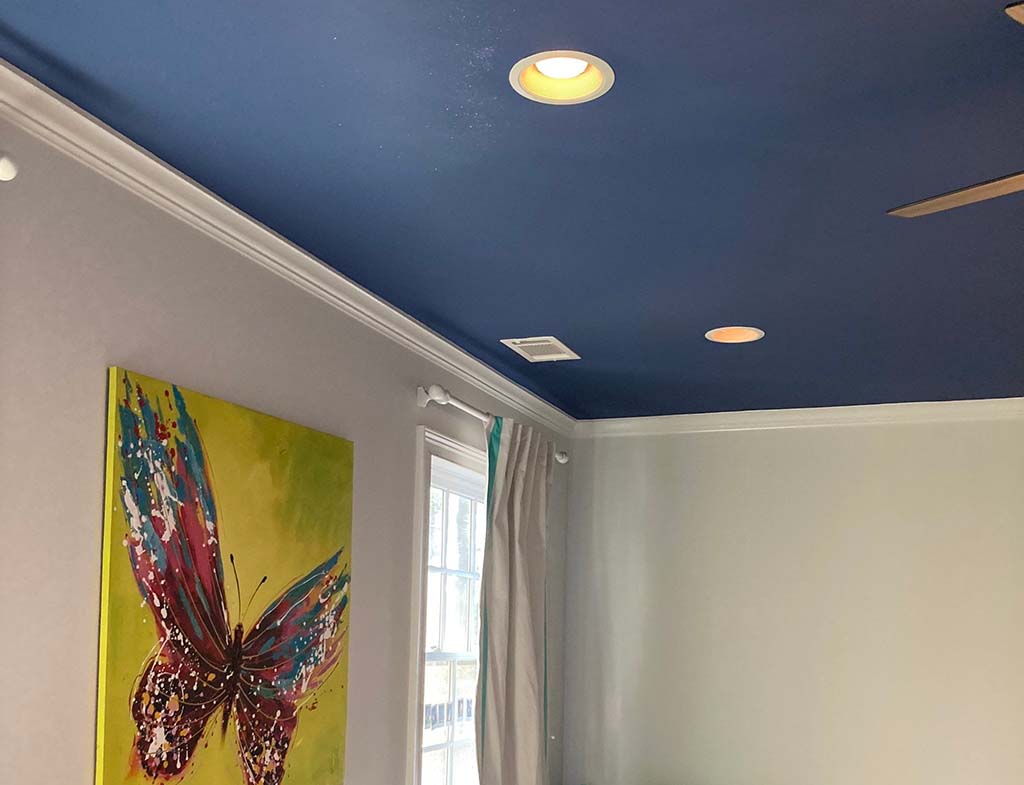
Colors aren’t just about aesthetics; they wield a subtle power over our emotions and state of mind. Every hue in the spectrum invokes a particular feeling. This is why choosing the right shades for our homes is so important.
When we discuss interior design, color psychology comes into play. It affects our moods and behaviors on a daily basis without us even realizing it.
Color psychology delves into how different shades can evoke specific reactions. While individual experiences and cultural differences might lead to some variations, there are universal feelings and moods associated with certain colors.
For example, a room painted in soft pastels might feel more serene than one with bold, vibrant hues. This psychological effect is why interior designers place such emphasis on selecting the perfect color palette for a space.
Every color has a story to tell and a mood to set. Our reactions to them often root back to our primal instincts and historical associations.
Red: Often associated with passion, urgency, and energy, red is a color that can stimulate and invigorate. It can be perfect for social areas, like living rooms, where lively conversations and interactions are welcome.
Blue: Blue speaks of tranquility, trust, and calm. Think of the serenity you feel looking up at a clear blue sky or gazing into calm waters. Bedrooms or study areas painted in blue shades can promote relaxation and concentration.
Green: Symbolic of nature, health, and renewal, green strikes a balance between warmth and coolness. It can rejuvenate and restore, making it a versatile choice suitable for almost any room.

Colors can be broadly categorized into warm and cool tones, each imparting a distinct feel and energy to a space.
Warm Colors: Reds, oranges, and yellows are often referred to as warm colors. These hues evoke feelings of warmth, comfort, and excitement. Think of the cozy feeling of sitting by a fireplace or the vibrant energy of a summer day. Using warm colors in a space can raise energy levels and bring an inviting atmosphere.
Cool Colors: On the other side of the spectrum, we have cool colors like blues, greens, and purples. These colors are reminiscent of a peaceful forest, a serene lake, or the cool shade under a tree. Incorporating cool colors into a room can give it a calm, relaxed, and spacious feel. These colors can reduce heart rates and invoke the feeling of tranquility.
Neutrals: Neutral colors like white and gray are often used to balance a room with both warm and cool tones. Without being overly bold or dramatic, these shades are perfect for creating a soothing atmosphere.
Understanding the emotional and psychological effects of colors can be the key. It will help you to create interiors that resonate with the desired ambiance and mood. Whether you’re looking for invigorating energy or a calming sanctuary, colors can set the tone, quite literally.
While universal reactions to colors exist, our personal experiences play a vital role in how we perceive and resonate with them. Personal preference in room colors often stems from memories, cultural backgrounds, and individual experiences.
For example, a person who lives near the ocean may find blue colors soothing due to their association with the sea and sky.
Personal milestones, be it joyful or melancholic, can be tied to specific colors. A color that reminds one of their childhood home might be a comforting presence in their adult space. Similarly, someone might avoid a color associated with a challenging period in their life.
Color psychology helps us understand colors, but our personal experiences and preferences shape our choices, making spaces reflect who we are.
Every room in a home has a purpose, and its paint color scheme can enhance its intended function:
Living Room: Often seen as the heart of a home, the living room is where family and friends congregate. A balanced color scheme, perhaps earthy neutrals or soft blues, can foster a conducive atmosphere for conversations, relaxation, and bonding.
Dining Rooms: Beyond being spaces for meals, dining rooms are where lively discussions and intimate gatherings happen. Colors can play a role in stimulating appetite and setting the mood. Warm hues like reds and oranges can enhance appetite, while softer shades can create a more formal, elegant setting.
Bedrooms: A sanctuary for rest and rejuvenation, the bedroom’s color scheme should promote relaxation. Cool colors like soft lavenders or muted greens can calm the mind. They aid in restful sleep, ensuring one wakes up refreshed.

In interior design, color isn’t just about aesthetics; it’s a tool to manipulate perceived space. Vibrant colors like yellow can make a room feel sunnier, larger, and more inviting. Its brightness can mimic natural sunlight, lending an expansive feel to otherwise cramped spaces.
However, balance is key. In smaller rooms, using a vibrant color like yellow as an accent wall can prevent the space from feeling too intense. Complementing these bright tones with softer, neutral shades ensures that the space feels welcoming without overwhelming the senses.
The magic of color in interior design lies in its ability to transform spaces, moods, and perceptions. Whether you’re looking to curate a space for relaxation, socializing, or introspection, the right color choice can make all the difference.
When it comes to selecting the ideal palette for your home, the myriad of choices can feel overwhelming. Each color not only carries its aesthetic value but also wields the power to influence mood and emotion. Given the lasting impact of such decisions, professional guidance can be invaluable.
That’s where BCI Painting steps in. Our expertise is not just in ensuring a flawless paint job. We understand the psychology behind room colors and moods. With years of experience, we recognize the nuances of how color choices can shape the atmosphere of a space.
We work with homeowners to understand their preferences and vision. Then, we transform their ideas into a color scheme that is perfect in both appearance and feel.
Ready to transform your space with colors that resonate with your mood and style? Dive into a world where paint meets emotion. Let BCI Painting guide you through the intricate journey of color psychology and design. Contact us today, and let’s ensure your rooms mirror the perfect ambiance and emotion you envision.